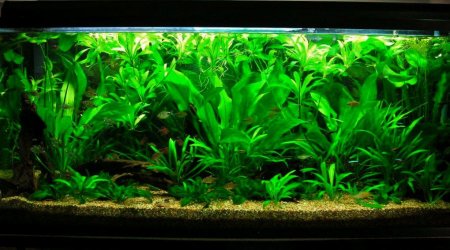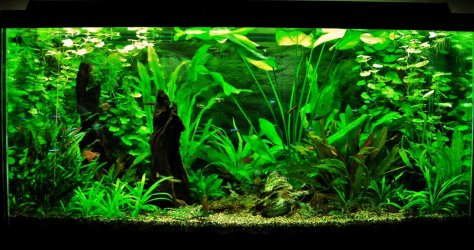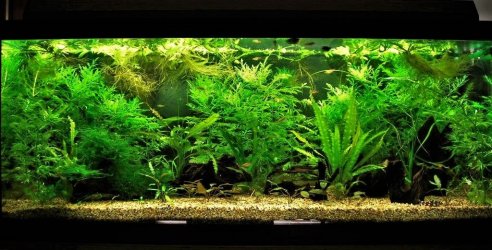Gemtrox42
Fish Fanatic
I've had two community tanks with tetras, gouramis and catfish for almost a year now, and there really isn't any indication that there's a problem, but try as I might I can't help but feel like I'm doing something wrong when it comes to lighting. So just for my peace of mind, here's a timeline of daily lighting for my tanks.
Sunrise -> 6:00 Tank Lights & Room Lights On -> 9:00 Sunset -> 8:30 Tank Lights & Bright Room Lights off -> 9:00 All lights off -> 11:00
Total Time in Darkness (Only Moonlight) - 7 hrs
Total Time with Dim Sunlight/Artificial Light - 5 hrs
Total Time in Full Light - 12 hrs
I'd appreciate any advice, and if you know of any articles or studies done on this or related subjects, that would also be really cool because it's interesting to me that I hear so little about this. I know that fish and plants have different tolerances or needs when it comes to lighting, but just how important is it really? What effects could occur from providing habitat-inaccurate lighting to fish, whether that be too bright, too dim, too short or too long?
Sunrise -> 6:00 Tank Lights & Room Lights On -> 9:00 Sunset -> 8:30 Tank Lights & Bright Room Lights off -> 9:00 All lights off -> 11:00
Total Time in Darkness (Only Moonlight) - 7 hrs
Total Time with Dim Sunlight/Artificial Light - 5 hrs
Total Time in Full Light - 12 hrs
I'd appreciate any advice, and if you know of any articles or studies done on this or related subjects, that would also be really cool because it's interesting to me that I hear so little about this. I know that fish and plants have different tolerances or needs when it comes to lighting, but just how important is it really? What effects could occur from providing habitat-inaccurate lighting to fish, whether that be too bright, too dim, too short or too long?






